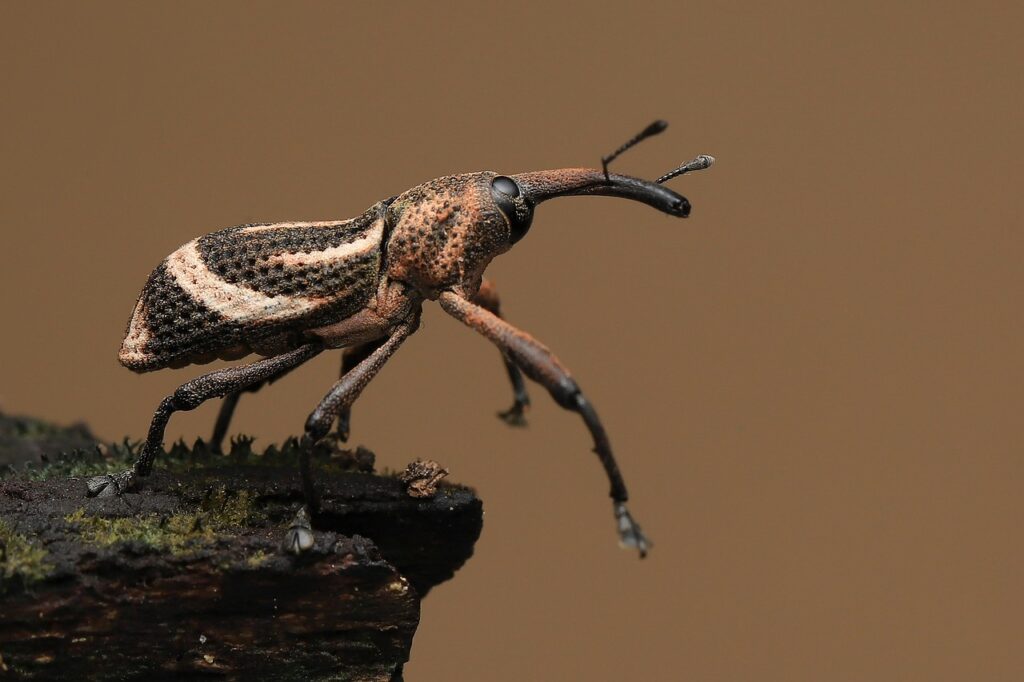That innocent bag of flour sitting in your pantry might harbor more life than you’d ever imagine. Every time you unpack groceries, you’re essentially welcoming a microscopic ecosystem into your home – complete with creatures so small they could comfortably live inside a grain of rice. These tiny hitchhikers don’t need boarding passes or permission slips; they’ve been traveling with our food for thousands of years, turning every grocery trip into an inadvertent safari expedition.
The Invisible Passengers in Your Pantry
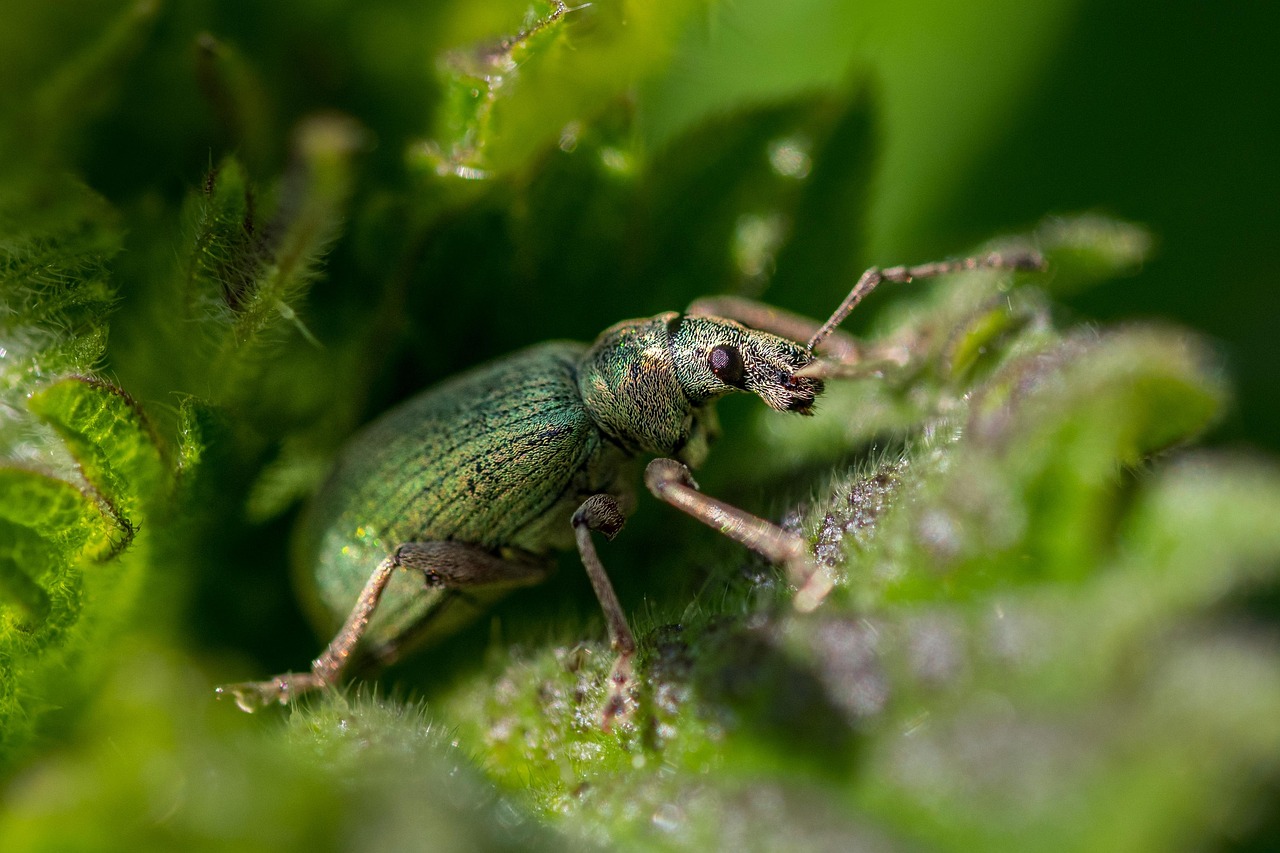
Your kitchen cabinet resembles a bustling airport terminal, except the passengers are measured in millimeters rather than feet. These microscopic travelers have perfected the art of stealth, slipping past quality control inspectors and surviving processing facilities that would make Fort Knox look accessible.
The most common stowaways include flour beetles, grain weevils, and pantry moths – creatures so specialized they’ve evolved specifically to exploit our food supply chain. Think of them as the ultimate frequent flyers, except their loyalty program involves reproducing inside your breakfast cereal.
What’s truly remarkable is their resilience. These bugs can survive temperatures that would kill most insects, withstand months without food, and emerge from seemingly sterile packaging like microscopic Houdinis.
Meet the Flour Beetle Gang
Flour beetles are the ninjas of the grocery world, measuring just 3-4 millimeters long but packing the survival skills of a wilderness expert. The red flour beetle and confused flour beetle (yes, that’s actually its scientific name) can turn your baking supplies into their personal breeding ground faster than you can say “chocolate chip cookies.”
These reddish-brown acrobats can chew through plastic packaging with their powerful mandibles, treating your sealed containers like tissue paper. They’re particularly fond of flour, cereal, crackers, and dried fruit – basically anything that reminds them of their ancestral grain storage facilities.
What makes them especially sneaky is their ability to lay up to 500 eggs during their lifetime, each one smaller than a pinhead. The larvae look like tiny yellow worms, quietly munching through your ingredients while you’re none the wiser.
The Weevil Invasion Force
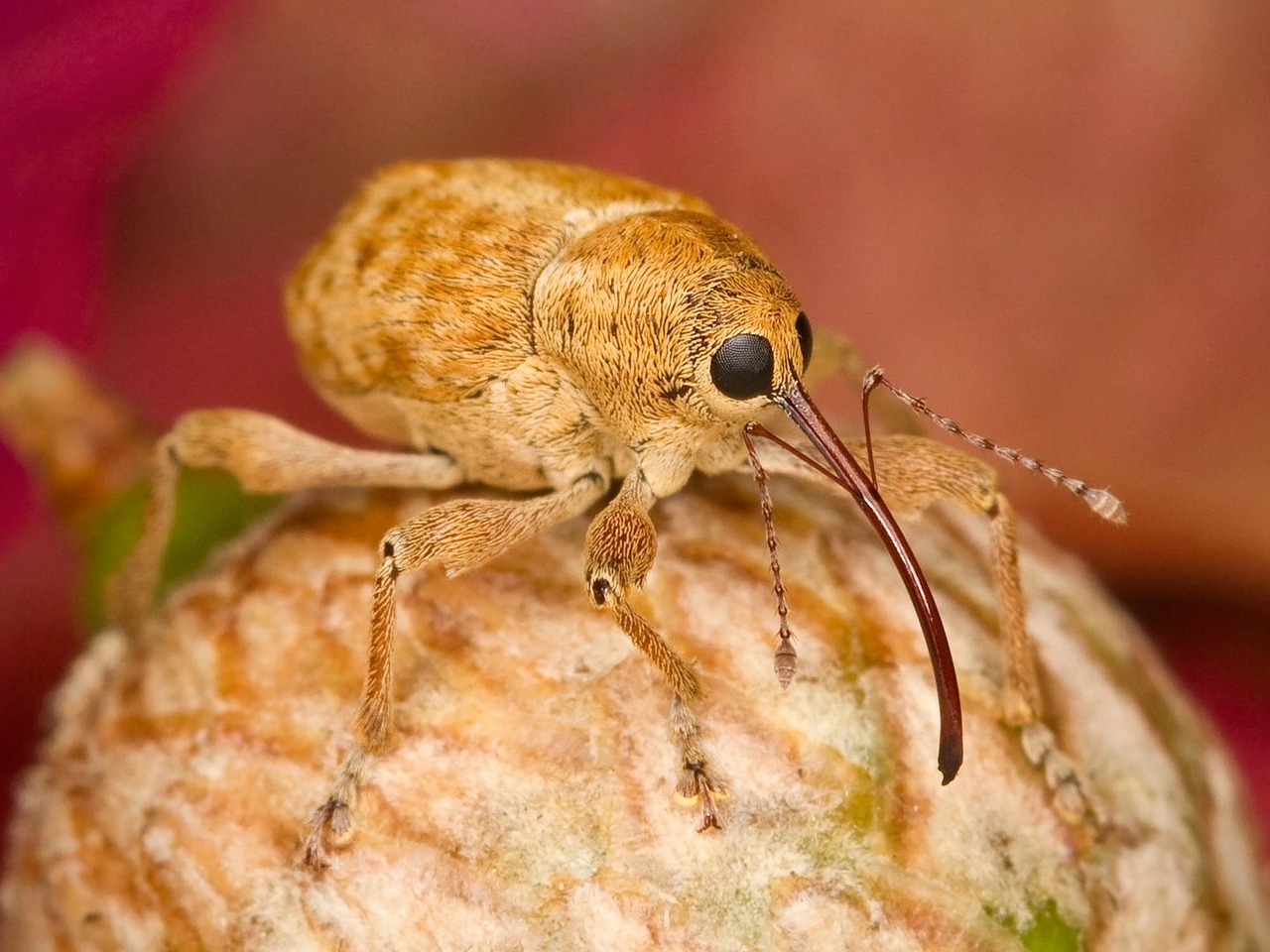
Rice weevils and granary weevils are the master infiltrators of the insect world, complete with their own drilling equipment. These brown, oval-shaped insects sport elongated snouts that function like microscopic jackhammers, allowing them to bore perfectly round holes into individual grains of rice, wheat, or corn.
Picture this: a female weevil locates the perfect grain, drills a hole with surgical precision, deposits a single egg inside, and then seals the opening with a secretion that hardens like cement. The developing larva essentially grows up inside its own private grain mansion, eating the interior while the exterior remains perfectly intact.
These insects are so efficient at their craft that infested grains often look completely normal from the outside. You might never know they’re there until tiny adult weevils start emerging from what appeared to be perfectly healthy rice.
Pantry Moths: The Uninvited Dinner Guests

Indian meal moths flutter around your kitchen like tiny, uninvited party guests who refuse to leave. These bronze-colored moths with distinctive copper-tinted wing tips don’t actually eat your food – that dirty work is left to their caterpillar offspring.
The larvae are the real troublemakers, spinning silk webs throughout your dry goods while leaving behind a trail of frass (insect excrement) that gives infested food a distinctly unappetizing appearance. They’re particularly drawn to nuts, chocolate, dried fruit, and pet food, demonstrating surprisingly sophisticated taste preferences.
What makes these moths especially frustrating is their ability to chew through cardboard, plastic bags, and even thin aluminum foil. They’re basically the Houdinis of the pantry world, escaping from containers you thought were completely secure.
The Microscopic Mite Universe
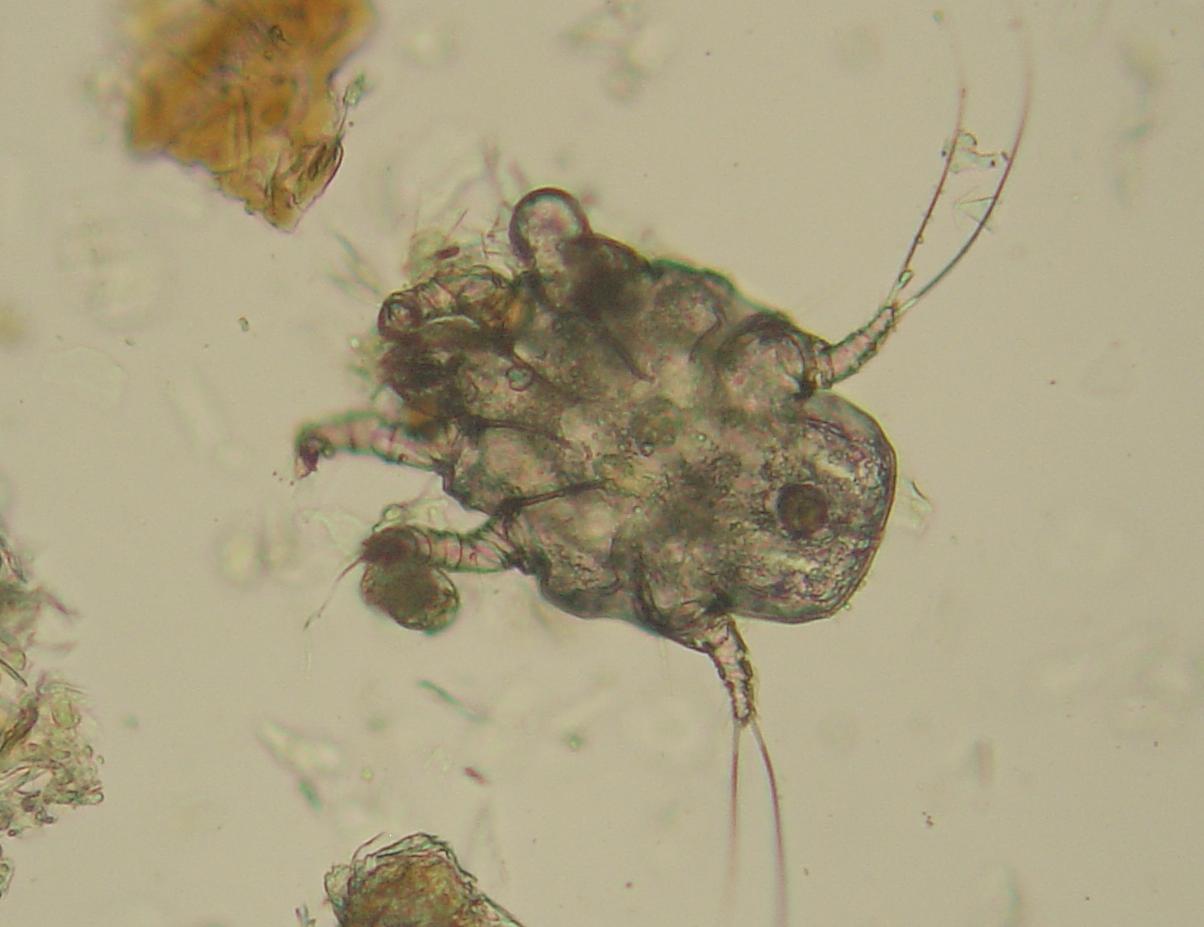
Flour mites are so small they’re practically invisible to the naked eye, measuring less than 0.5 millimeters long. These translucent creatures move like tiny ghosts through your flour, leaving behind a sweet, minty odor that’s often the only clue to their presence.
Under a microscope, they look like miniature spiders with eight legs and oval-shaped bodies. They thrive in humid conditions and can multiply explosively when conditions are right, turning a small infestation into a full-scale invasion within weeks.
The truly unsettling part is that flour mites can cause allergic reactions in sensitive individuals, making that innocent-looking bag of flour a potential health hazard. They’re proof that sometimes the smallest creatures can create the biggest problems.
How These Tiny Travelers Survive Processing

Food processing facilities wage constant war against these microscopic invaders, employing everything from heat treatment to chemical fumigation. Yet these resilient creatures have evolved ingenious survival strategies that would impress any military strategist.
Some insects enter a state called diapause – essentially insect hibernation – allowing them to survive months of adverse conditions. Others hide in the deepest crevices of grain kernels, where processing equipment can’t reach them.
The most remarkable survivors are those that can withstand temperatures that would cook most living things. Certain beetle larvae can survive brief exposure to temperatures exceeding 140°F, emerging unscathed once conditions return to normal.
The Global Grocery Highway System
Our modern food distribution network has created an insect superhighway spanning continents. A grain beetle born in a Kansas wheat field might end up in a Tokyo grocery store, while a moth larva from an Indian spice warehouse could find itself in a London pantry.
This global transportation system has allowed these creatures to spread far beyond their natural habitats, creating cosmopolitan populations that would make any world traveler jealous. They’ve essentially hijacked human commerce to achieve worldwide distribution.
The irony is that our efforts to create a more efficient food system have inadvertently created the perfect environment for these microscopic hitchhikers to thrive and multiply.
Seasonal Patterns and Peak Travel Times
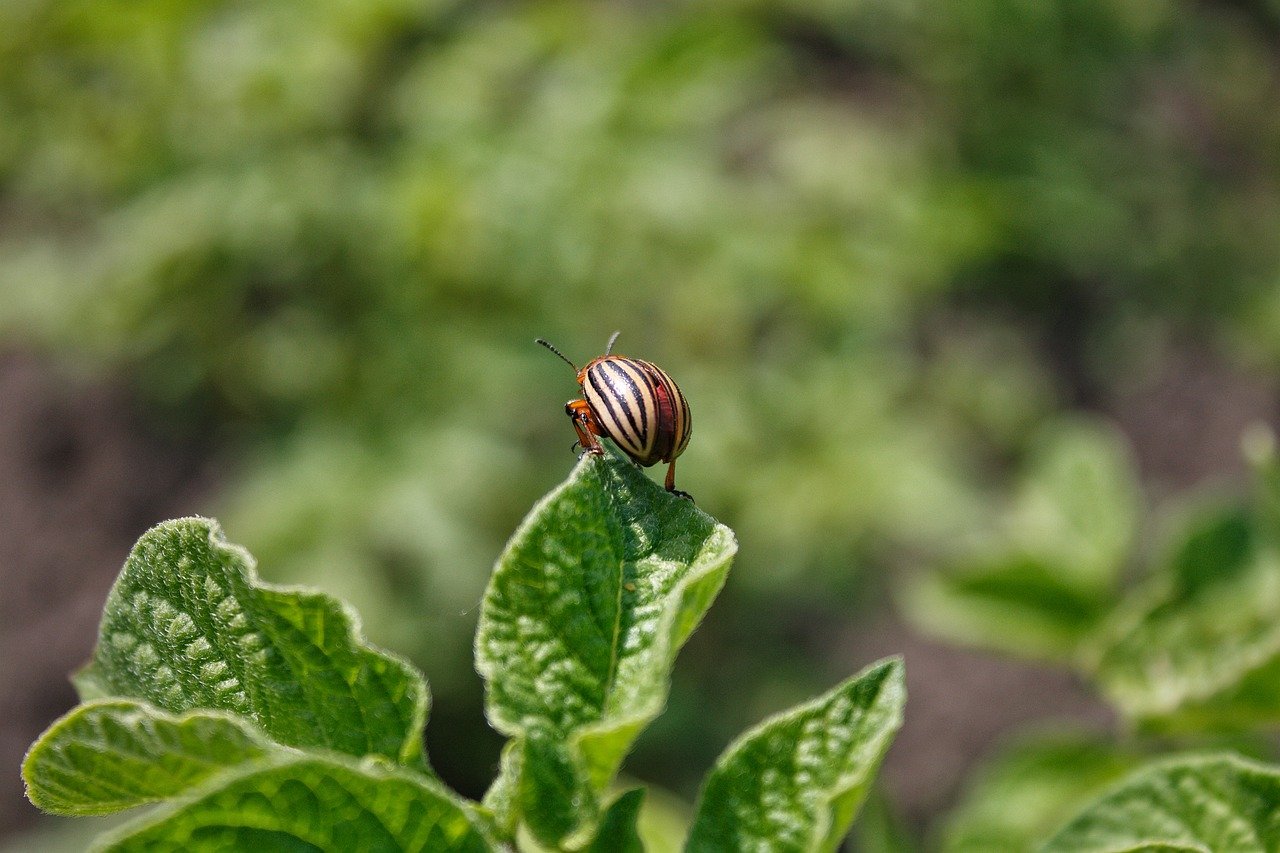
Like human vacationers, grocery store bugs follow predictable seasonal patterns. Warm, humid summer months create ideal conditions for rapid reproduction, while winter storage periods allow populations to build up undetected.
Harvest seasons represent peak travel times, as freshly processed grains carry the highest loads of insect passengers. Spring cleaning isn’t just a human tradition – it’s also when many pantry pests emerge from their winter hiding spots to begin new breeding cycles.
Understanding these patterns helps explain why you might suddenly discover bugs in flour that seemed perfectly fine just weeks earlier. They weren’t necessarily there when you bought it; they might have been waiting for the right conditions to make their presence known.
The Hidden Protein Boost
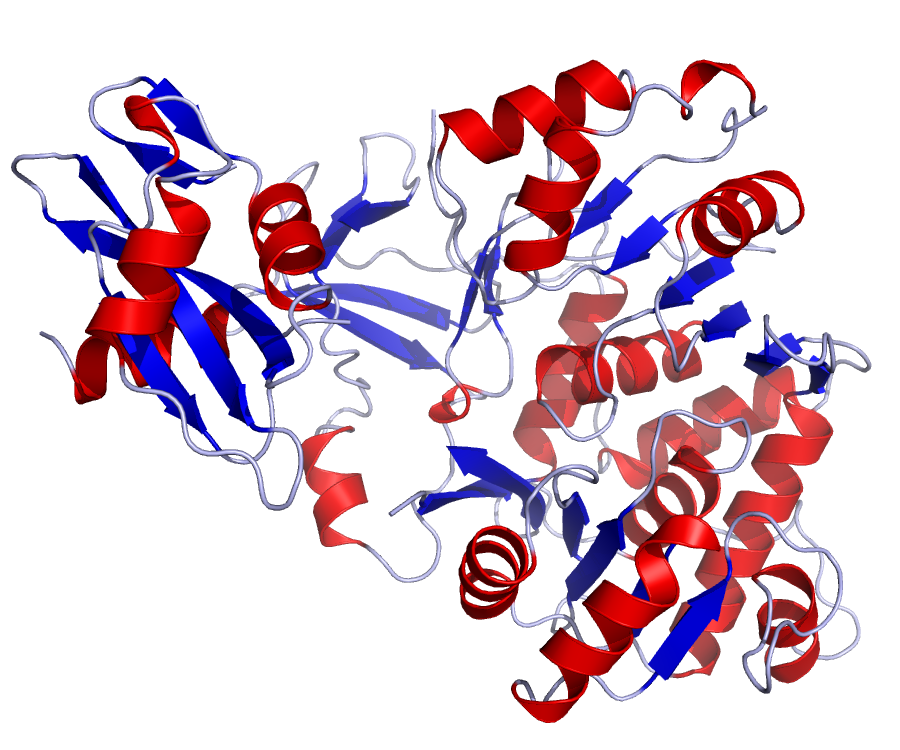
Here’s a fact that might make you squirm: these tiny grocery store hitchhikers are actually adding protein to your diet. The FDA allows certain levels of insect fragments in processed foods, recognizing that completely bug-free food production is virtually impossible.
Before you panic, consider that many cultures worldwide deliberately include insects in their diets, recognizing them as sustainable protein sources. Your accidental consumption of microscopic bug parts is probably providing more nutritional value than harm.
The real issue isn’t the occasional insect fragment – it’s when populations explode and create noticeable infestations that can spoil food and trigger allergic reactions in sensitive individuals.
Detection Strategies for the Observant Shopper
Becoming a skilled grocery store bug detective requires training your eyes to spot subtle signs of infestation. Look for tiny holes in packaging, unusual dust accumulation around seams, and products that seem to move slightly when the package is still.
Webbing in dried goods is a dead giveaway for moth larvae, while a sweet, musty odor often indicates mite activity. Small, dark specks that look like pepper flakes might actually be insect droppings – a clear sign to choose a different product.
Professional inspectors use magnifying glasses and even UV lights to detect insect activity, but your naked eye can spot most serious infestations if you know what to look for.
The Economics of Tiny Travelers
These microscopic passengers cost the food industry billions of dollars annually in damaged products, processing delays, and pest control measures. Grocery stores regularly discard entire shipments when infestations are discovered, passing those costs along to consumers.
The economic impact extends beyond simple product loss. Contaminated food can trigger expensive recalls, damage brand reputations, and result in costly lawsuits. Some companies spend more on pest control than on traditional marketing campaigns.
Interestingly, the push for organic and minimally processed foods has created new opportunities for these tiny hitchhikers, as traditional chemical treatments are reduced or eliminated entirely.
Prevention Tactics for Your Home Base

Your kitchen can become an impenetrable fortress against these microscopic invaders with the right defensive strategies. Proper storage in airtight containers eliminates the oxygen and humidity that many insects require for survival and reproduction.
Temperature control is your secret weapon – freezing suspect items for 48 hours kills most insects and their eggs, while storing dry goods in consistently cool, dry conditions makes your pantry inhospitable to would-be colonizers.
Regular cleaning and rotation of stored goods prevents small problems from becoming major infestations. Think of it as immigration control for your pantry – strict border security keeps unwanted visitors from establishing permanent residence.
The Beneficial Side of Tiny Passengers
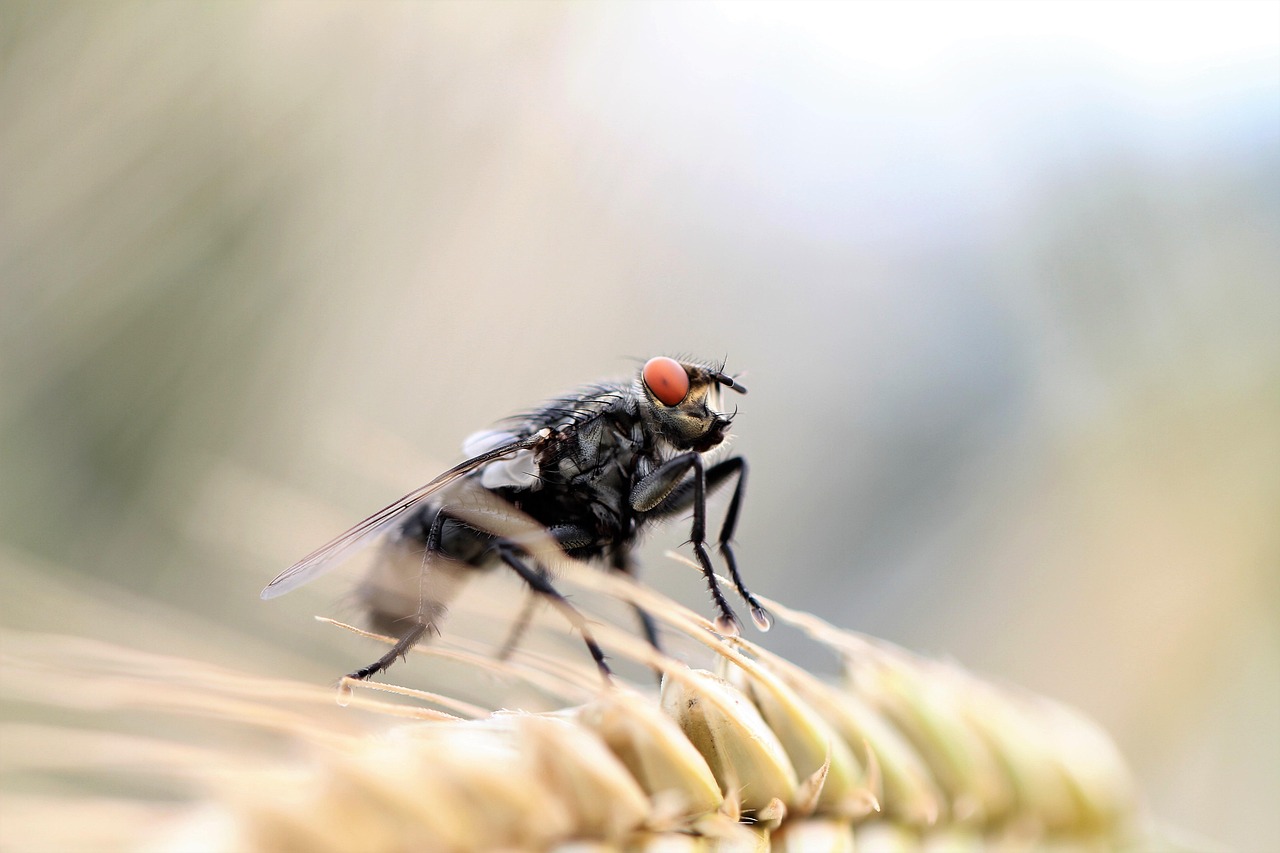
Not all grocery store hitchhikers are villains in this microscopic drama. Some insects actually provide benefits by breaking down organic matter and contributing to nutrient cycling, even in processed food environments.
Certain species help identify quality issues in stored grains, serving as early warning systems for problems that might otherwise go unnoticed. They’re like tiny quality control inspectors, though admittedly ones you’d rather not have on the payroll.
Research into these resilient creatures has also contributed to advances in food preservation, packaging technology, and even space exploration – their survival strategies offer insights into how life might persist in extreme conditions.
Future Frontiers in Microscopic Passenger Control
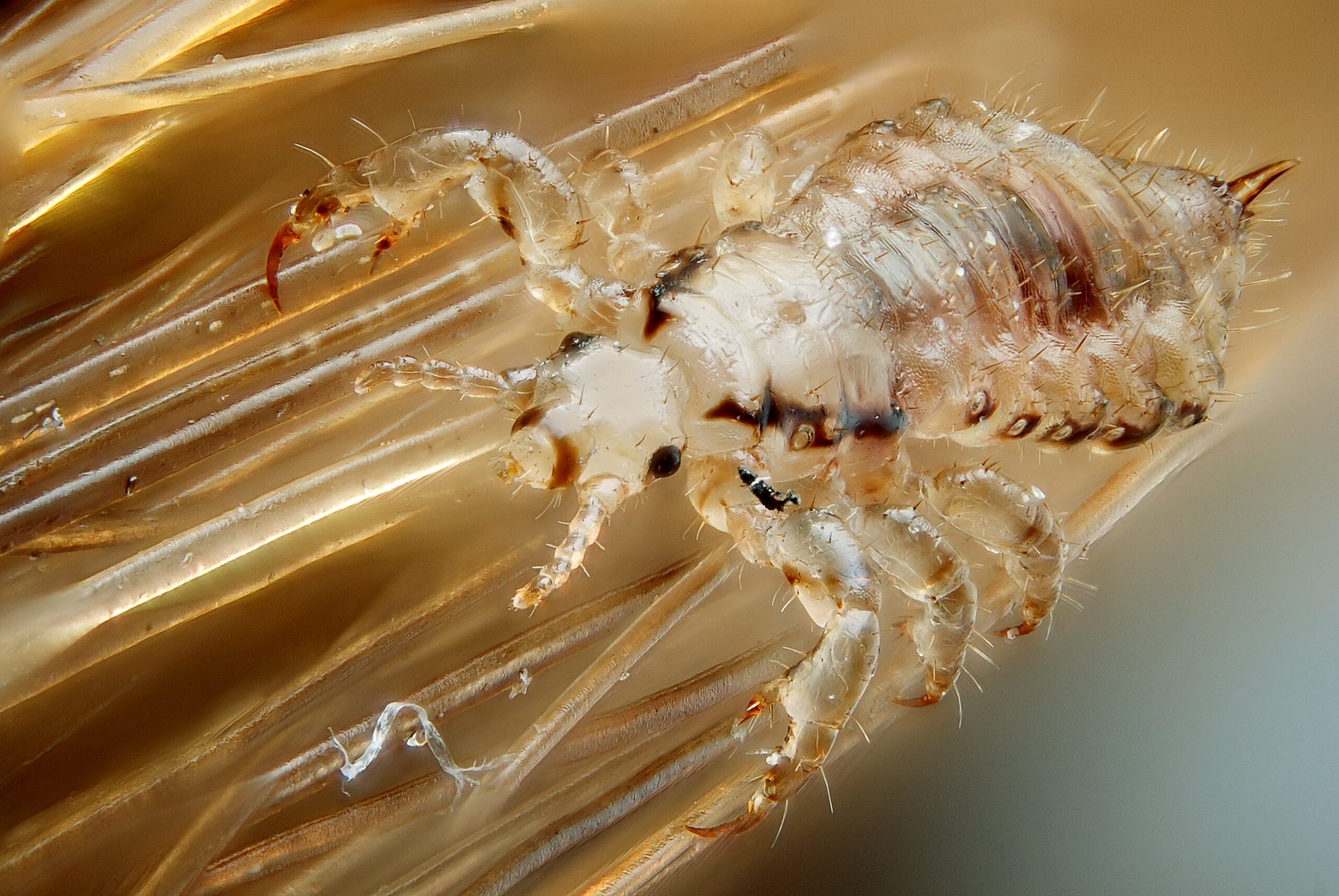
Scientists are developing increasingly sophisticated methods to combat these tiny travelers without relying on harmful chemicals. New technologies include modified atmosphere packaging, which creates environments hostile to insect survival, and biological controls that use natural predators.
Genetic research is revealing the molecular mechanisms behind insect resistance, potentially leading to targeted interventions that could revolutionize food storage and processing. Some researchers are even exploring the possibility of genetically modified storage containers that actively repel insects.
The future might bring smart packaging that can detect and report insect activity in real-time, turning every food container into a sophisticated monitoring system. Imagine grocery stores where your phone alerts you if a product contains unwanted passengers before you even pick it up.
The next time you unpack groceries, remember that you’re not just bringing home food – you’re potentially welcoming a microscopic ecosystem that has been perfecting its survival strategies for millions of years. These tiny travelers remind us that nature finds a way to adapt and thrive, even in the most unlikely places. While we might prefer our food without these uninvited guests, we can’t help but admire their remarkable ability to turn our global food system into their personal transportation network. What other microscopic adventures might be happening right under our noses?

